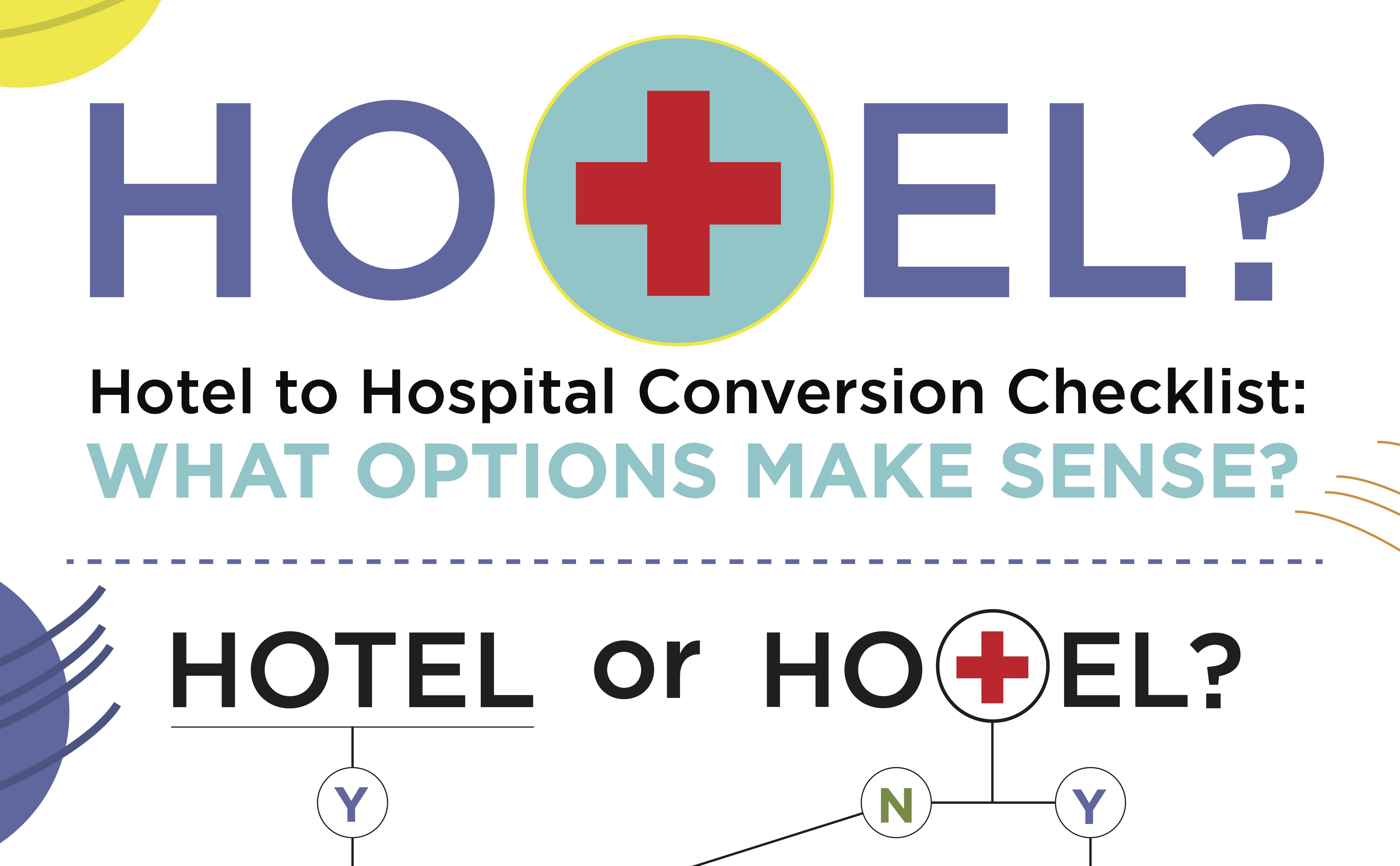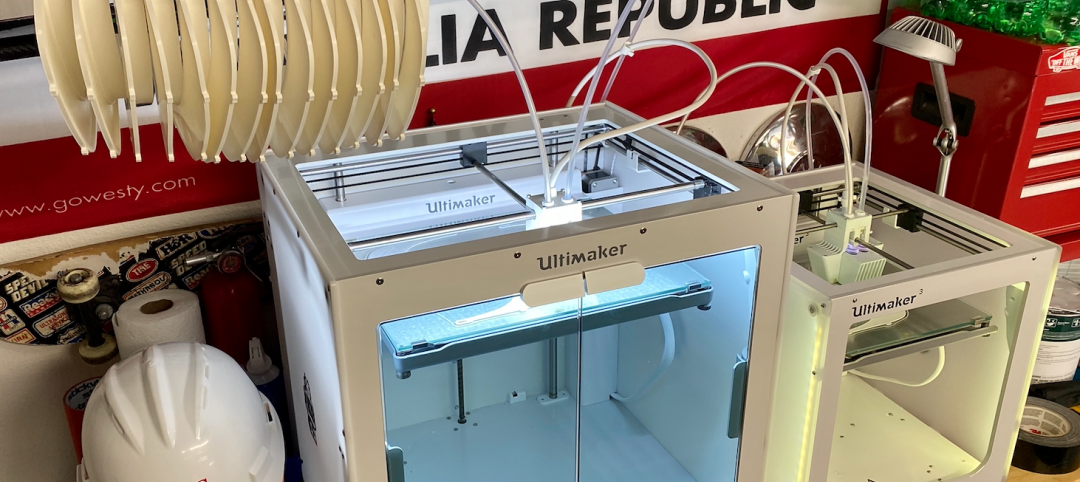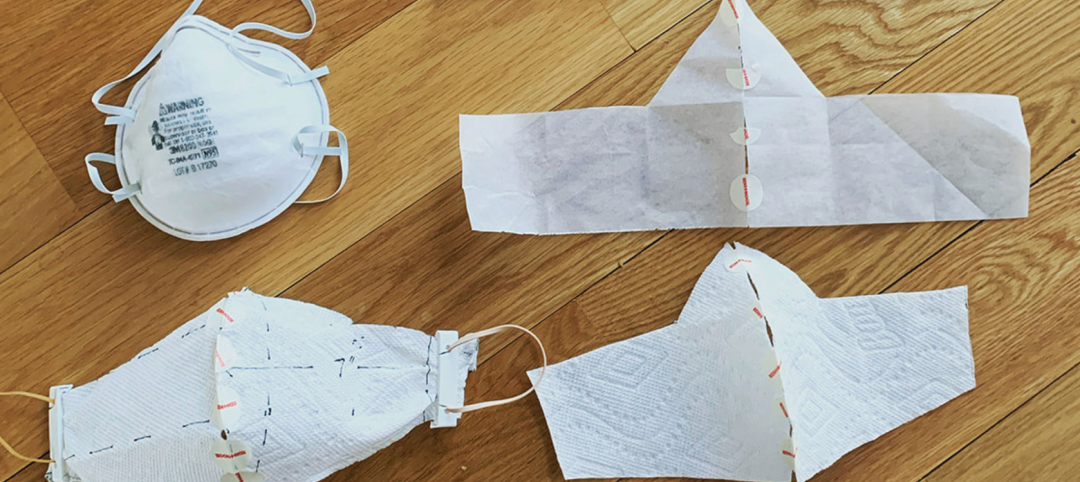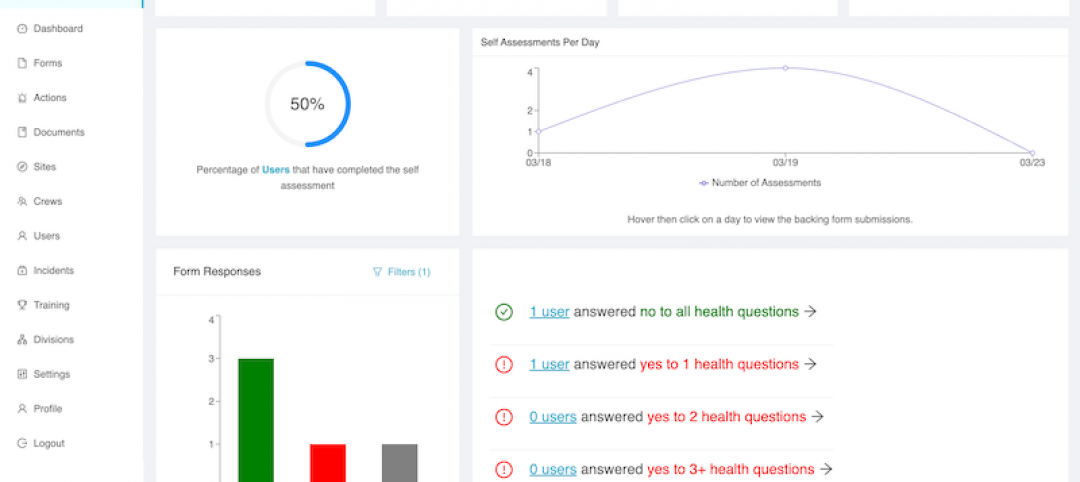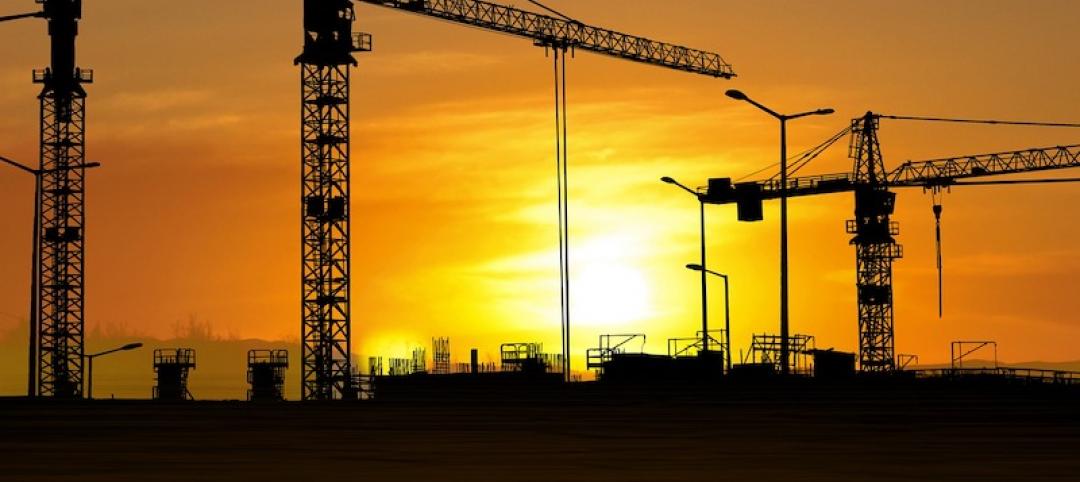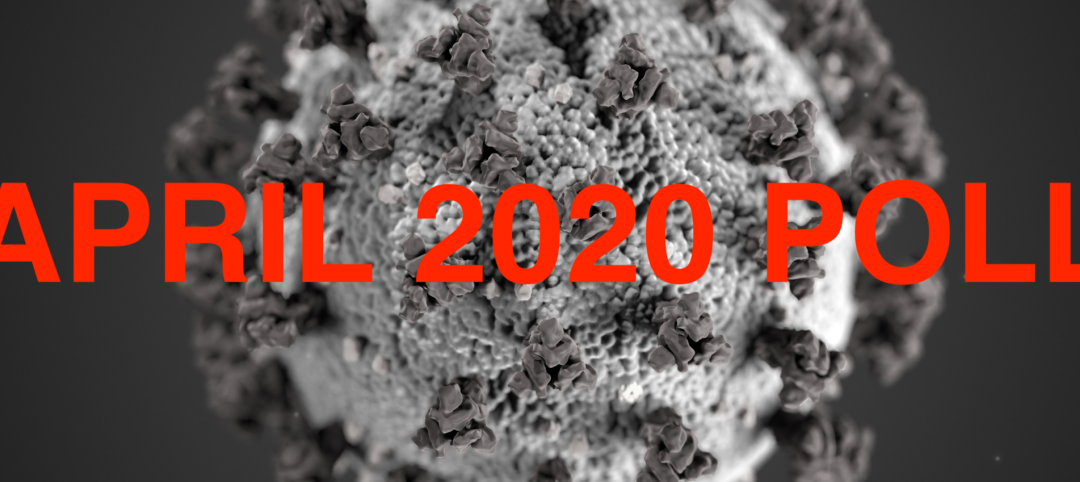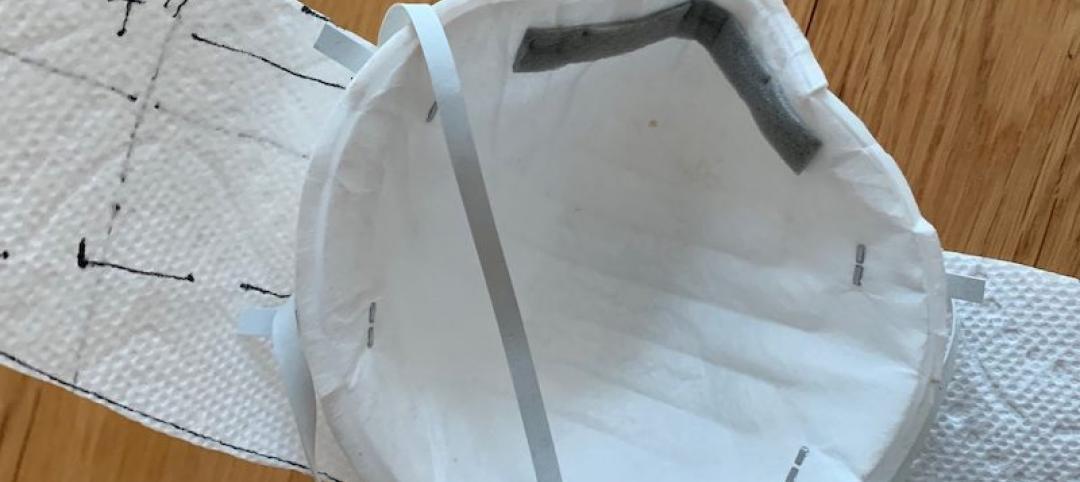The American Hospital Association estimates that the U.S. has 924,000 hospital beds, or fewer than three beds for every 1,000 people. Less than 5% of those beds can be used for intensive-care patients.
If, as Array Advisors predicts, most states will run out of available ICU beds by the middle of this month, repurposing hotels as temporary healthcare facilities becomes more viable, even necessary, by the day.
Tvsdesign, whose team is currently the design architect on the 1.2-million-sf Javits Center expansion in New York, has put together a checklist for when hotel-to-hospital conversion options make sense (see infographic below).
The firm also has analyzed three scenarios, based on patient needs and how they can be matched with available hotels.
• Scenario 1: Non-COVID-19 positive patients in recovery from surgeries/illnesses who don’t require life-support equipment. These patients could be relocated to appropriate facilities to free up hospital beds for meeting demands related to COVID-19.
• Scenario 2: Non-COVID-19 positive patients in recovery that require specialized and powered equipment.
• Scenario 3: COVID-19 positive patients in treatment.
The firm observes that some hotels will work better than others in supporting each scenario. Cleanable surfaces, mechanical and electrical systems, nurse-call devices, and handwash sinks are all factors that might need to be added to any hotel conversion.
Tvsdesign has identified hotel room types that can support these patient scenarios, ranging from 300 to 1,000 sf of space used per patient. For instance, a standard 300-sf King Suite room in a hotel might be a best-use case for Scenario 1; a 500-sf King Suite, with additional power, could support Scenarios 1 and 2. The latter suite setup, with a full kitchen, would allow family members to stay full time with patients, and allow for the patient to have an extended recovery period.
Option three would be a 600-sf standard King that could work for Scenario 3. A connecting room could be used as an ante room to maintain necessary pressure levels in the isolation room, and act as a nurse’s station. Before any conversion, the owner should consult with a mechanical engineer for adjustments to the room’s HVAC system.
Option 4, a 1,000-sf King Suite with the same setup as Option 3, also works for Scenario 3.
“Based on our analysis, we believe that hotels can easily be used to care for COVID-19 negative patients who may be in recovery and not requiring intensive care,” states tvsdesign. “The most practical and cost-effective approach is to divert patients from hospitals to hotel rooms as possible, increasing capacity within hospitals for the most critically ill patients.”
(CLICK INFOGRAPHIC TO ACCESS FULL-SIZE VERSION)
Related Stories
Coronavirus | Apr 2, 2020
COVID-19: HMC Architects using 3D Printers to make face shields for healthcare workers
HMC staff is producing 3D-printed parts from their homes as they self-isolate.
Coronavirus | Apr 2, 2020
COVID-19: CannonDesign initiates industry coalition to make masks for healthcare providers
Coalition formed to make DIY face masks for healthcare workers in COVID-19 settings.
Coronavirus | Apr 2, 2020
As virus spreads across North America, software providers step up with cost-free offerings
The goal is to keep construction projects moving forward at a time when jobs are being postponed or canceled.
Coronavirus | Apr 2, 2020
SBA and Treasury begin effort to distribute $349 billion in emergency small business capital
The new loan program will help small businesses with their payroll and other business operating expenses.
Coronavirus | Apr 2, 2020
New webinar explains how AIA Contract Documents can address business disruptions due to Covid-19
The webinar was recorded March 27.
Coronavirus | Apr 2, 2020
Informed by its latest Crane Index, Rider Levett Bucknall anticipates the effect of coronavirus on the construction industry
While total crane count holds steady, turbulent economic conditions indicate a recession-based drop in construction costs.
Coronavirus | Apr 1, 2020
How is the coronavirus outbreak impacting your firm's projects?
Please take BD+C's three-minute poll on the AEC business impacts from the coronavirus outbreak.
Coronavirus | Apr 1, 2020
Opinion: What can we learn from the coronavirus pandemic?
The coronavirus pandemic will soon end, soon be in the rear-view mirror, but we can still take lessons learned as directions for going forward.
Coronavirus | Apr 1, 2020
Three reasons you should keep sewing face masks (as long as you follow simple best practices)
Here are three reasons to encourage sewists coast to coast to keep their foot on the pedal.
Coronavirus | Apr 1, 2020
TLC’s Michael Sheerin offers guidance on ventilation in COVID-19 healthcare settings
Ventilation engineering guidance for COVID-19 patient rooms


